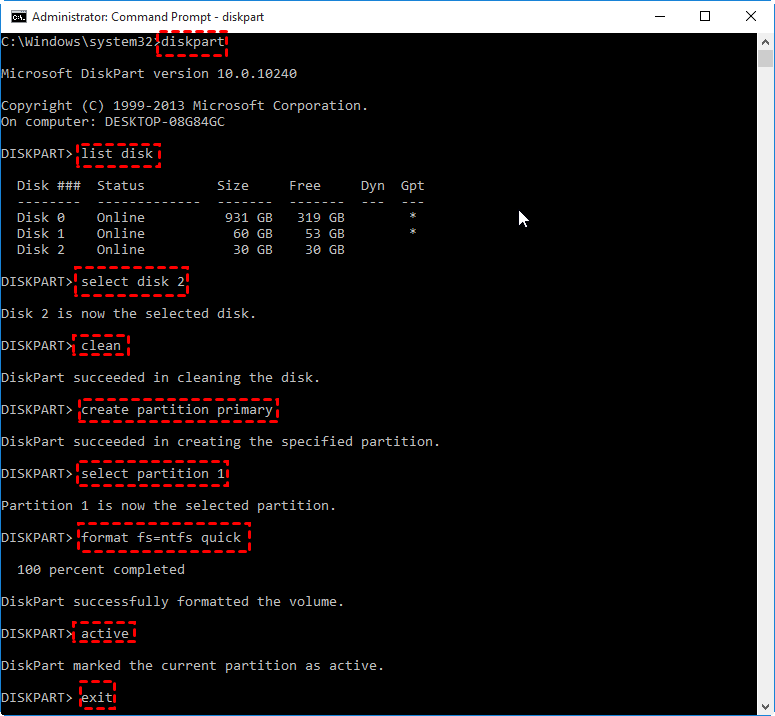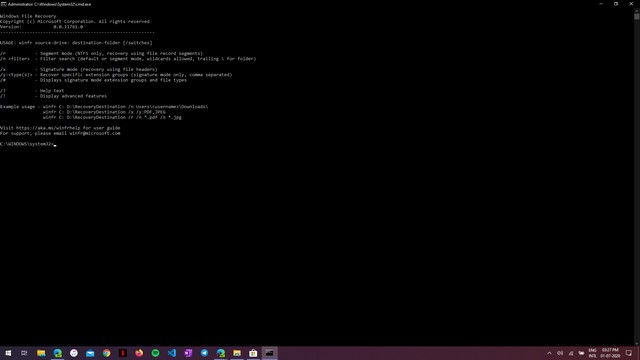
- #Cmd open any file as administrator how to#
- #Cmd open any file as administrator Pc#
- #Cmd open any file as administrator windows#
If you open a powershell (admin) prompt and type:- cmd at the prompt, (press enter) a command prompt will open within powershell.
#Cmd open any file as administrator Pc#
Therefore, you first need to end the current explorer.exe process in your user session. Unless you modify in PC settings, the default power menu setting (win + x) now only offers the option to run Powershell as admin.
#Cmd open any file as administrator windows#
Windows File Explorer doesn’t support running multiple instances of the explorer.exe process in different security contexts in an interactive user session. How do you navigate Command Prompt Use the cd command to change directories in Command Prompt. On Mac, right-click the folder and select New Terminal at Folder from the menu. Also you won’t be able to start the second explorer process in the “Run as admin” mode (this is blocked by the CreateExplorerShellUnelevatedTask task). Go into the folder and Shift+Right-Click, then select Open PowerShell window here, or Open in Terminal, to open Command Prompt in a folder. You cannot elevate the Explorer.exe process in the standard way. The Windows Explorer process starts when a user logs on with the standard user access token.
#Cmd open any file as administrator how to#
How to Run File Explorer as Administrator on Windows 10 and Windows Server? Since I don’t want to disable UAC, I had find the way to start the Exploler.exe elevated. Naturally, when you often work with system files or user folders, this pop-up UAC notification becomes annoying. In this case, you don’t need to elevate privileges when accessing the directory, and hence there are no changes to NTFS ACLs. As a workaround, many Windows administrators prefer to manage shared folders over a UNC path ( \\mun-fs01\docs\) instead of locally. you can also use Command Prompt on Windows 10 to perform a factory reset This command will delete every file.

This will add a verb Command Prompt (Administrator) to the context menu of a folder, the directory background menu, drives and even your Desktop right click menu.This behavior of File Explorer creates problems when managing shared network folders on Windows Server. Cant delete a file is open in the system. You can do the same for any Command Prompt shortcut whether its pinned to Start Menu, Taskbar or placed at Desktop. Now right-click on Command Prompt shortcut and select Run as Administrator option. Click on Start button or Start ORB and go to All programs -> Accessories. If you want to know more about REG files, see this article. Open Command Prompt as Administrator from Start Menu. Then double-click the REG file to merge it into the Registry. Windows Registry Editor Version Prompt -windowstyle hidden -c start-process -FilePath cmd.exe -ArgumentList '/s,/k,pushd,%V' -verb Prompt -windowstyle hidden -c start-process -FilePath cmd.exe -ArgumentList '/s,/k,pushd,%V' -verb Prompt -windowstyle hidden -c start-process -FilePath cmd.exe -ArgumentList '/s,/k,pushd,%V' -verb runAs" To open command prompt as administrator at a specific path, copy the text below into Notepad or your favorite text editor and save it as a. Command Prompt launches in Windows Terminal, and when you run PowerShell from Command Prompt, it just runs it. If you’re using Windows 11, it’ll behave a bit differently.


Note: On Windows 10, running powershell in Command Prompt will open a new PowerShell window. In Start search, type cmd and press Ctrl+Shift+Enter to open the selected item, Command Prompt as administrator. Type powershell into Command Prompt to start PowerShell with admin privileges. So adding it to the context menu is even more important than ever. In current versions of Windows 10, Microsoft removed the Open command window here option from the File menu of the Explorer Ribbon. Command prompt will open at the folder you are currently browsing in Explorer. Just go to the folder and then type powershell in the File Explorer address bar. You can also open PowerShell window using the same technique. Click Ctrl+Shift+Enter instead of just hitting enter to open the Command Prompt in administrative mode.

Then focus on the address bar by clicking on it or press Alt+D. To open it in administrative mode: Select Windows + R and type cmd. The easiest way to do this is to simply open any folder path in File Explorer. 2 Open cmd prompt as administrator Open cmd prompt at the right path


 0 kommentar(er)
0 kommentar(er)
